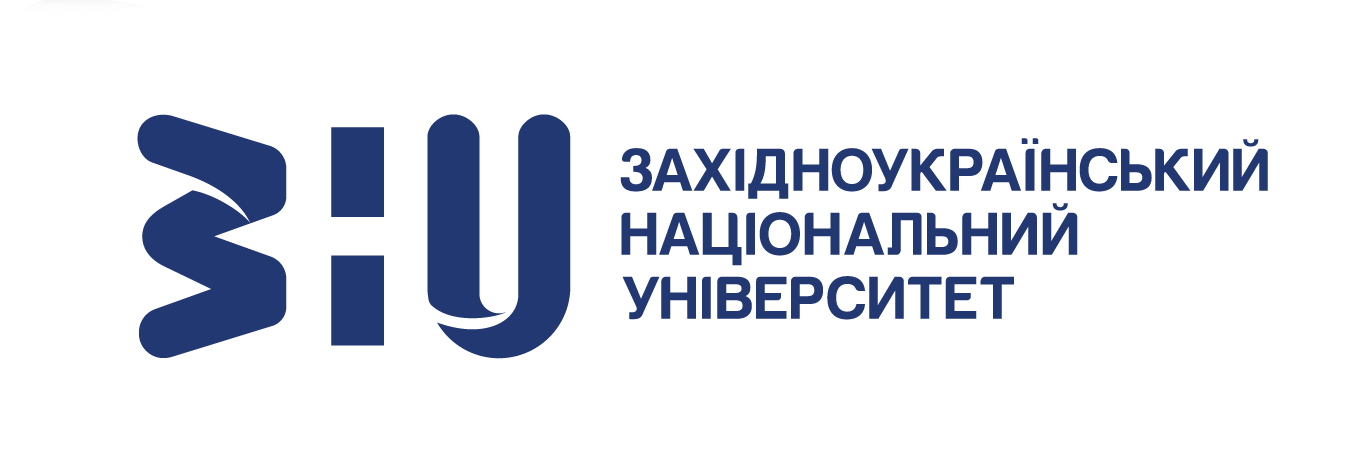Critical analysis of the weaknesses of the integrated reporting enterprise
DOI:
https://doi.org/10.35774/visnyk2019.03.126Keywords:
integrated reporting, enterprise reporting, integrated reporting process, matrix of integrity reporting shortcomings.Abstract
Introduction. The modern reporting practices of both foreign and Ukrainian enterprises increasingly include integrated reporting. Identifying its benefits makes it a popular source of information for making appropriate managerial decisions, although the shortcomings of integrated reporting are not yet sufficiently explored. At the same time, the above topic of research is relevant and requires further scientific research in this direction.
Purpose. The purpose of this study is to critically analyze the shortcomings of integrated reporting to build approaches to its implementation in domestic practice reporting based on foreign experience.
Methods. Research methods such as analysis, synthesis, induction, deduction, abstraction, idealization, generalization and modeling were used for critical analysis of the shortcomings of integrated reporting and the development of a matrix for the ratio of deficiencies in integrated reporting and the process of its formation.
Results. The distribution of the authors’ suggestions concerning the allocation of deficiencies of integrated reporting of the enterprise is presented. In the process of
scientific research, the analysis of the shortcomings of integrated reporting compared with traditional accounting reporting. The selected shortcomings of integrated reporting indicate that for the development and implementation of an efficient integrated reporting system of an individual enterprise it is necessary to take them into account. The author developed and proposed the matrix of the ratio of deficiencies of integrated reporting and the process of its formation, which allowed to outline the urgent issues regarding the formation of integrated reporting of an enterprise without the solution of which its further development in the practice of reporting delays, and their solution will accelerate the implementation of integrated reporting of enterprises both in Ukraine and abroad . The author highlights the disadvantages of integrated reporting, which until the time did not stand out in the writings of authors, namely: a) the lack of a single methodology for the preparation, compilation, submission, approval and disclosure of integrated reporting; b) involvement in the process of formation of integrated reporting not only the accounting service of the enterprise; c) a labor-intensive process of compiling integrated reporting; d) the absence of specialized software for the preparation, compilation and submission of integrated reporting. The scope of application of the results of research is recommended to all economic entities during the formation of the integrated reporting system of the enterprise.
Discussion. In further scientific studies, it is proposed to focus on the development of an integrated reporting system for enterprises. In our opinion, this will enable the formation of a coherent, unified system of indicators of integrated reporting that will enable the comparability of integrated reports of different enterprises among themselves. This will be useful for both Ukrainian and foreign companies that make integrated reporting.
References
Bridwell, H. (2010). Integrated Reporting: Managing Corporate Reputation to Thrive in the New Economy. The Landscape of Integrated Reporting Reflections and Next Steps. Harward Business School. Р. 100–103 [in English].
Brugman, O. (2010). Integrated Reporting Contributes to Embedding Sustainability in Core Business Activity. The Landscape of Integrated Reporting Reflections and Next Steps. Harward Business School. Р. 86–87 [in English].
Budko, O.V. (2014). Rozvytok ta neobxidnist skladannya integrovanoyi zvitnosti [Development and necessity of compilation of integrated reporting]. Naukovyj visnyk Xersonskogo derzhavnogo universytetu. Ser. : Ekonomichni nauky, 6(5),
P. 114 – 117 [in Ukrainian].
Wandrag, S. (2010). Sasol’s Reporting Journey. The Landscape of Integrated Reporting Reflections and Next Steps. Harward Business School. Р. 91–92 [in English].
Gerasimova, L.N. (2014). Integrirovannaya buhgalterskaya otchetnost: preimuschestva i perspektivyi razvitiya v Rossii [Integrated financial statements: advantages and prospects for development in Russia]. Audit i finansovyiy analiz.
№ 4. P. 33 – 35 [in Russian].
Domashenko, Yu.V. (2013). Integrovana zvitnist: vdoskonalenyj oblik operacij yak pokaznyk efektyvnosti diyalnosti [Integrated reporting: improved transaction accounting as an indicator of performance]. Ekonomichnyj visnyk Nacionalnogo girnychogo universytetu. № 1. P. 65 – 72 [in Ukrainian].
Eccles, R., & Saltzman D. (2011). Achieving Sustainability Through Integrated Reporting. Stanford Social Innovation Review. № 2. Р. 55–61 [in English].
Kostyrko, R.O. (2014). Perspektyvy mizhnarodnoyi integrovanoyi zvitnosti [Perspectives of International Integrated Reporting]. Visnyk Nacionalnogo universytetu «Lvivska politexnika». Menedzhment ta pidpryyemnycztvo v Ukrayini: etapy stanovlennya i problemy rozvytku. № 794. P. 181 – 187 [in Ukrainian].
Krzus, M. (2011). Integrated Reporting: If not now, When? AASB. No.8.3. pp. 271- 276 [in English].
Kundrya-Vyisotskaya, O.P., & Volkova, O.K. (2016). Integrirovannaya otchetnost kak instrument novogo urovnya prezentabelnosti predpriyatiya [Integrated reporting as a tool for a new level of enterprise presentability]. Bankovskaya sistema: ustoychivost i perspektivyi razvitiya: sbornik nauchnyih statey VII mezhdunarodnoy nauchno- prakticheskoy konferentsii po voprosam bankovskoy ekonomiki, UO «Polesskiy gosudarstvennyiy universitet», Pinsk: PolesGU, P. 210-213. [in Russian].
Lagovskaya, E.A. (2012). Integrirovannaya model otchetnosti: preimushchestva i nedostatki primeneniya [Integrated reporting model: advantages and disadvantages of application]. Vestnik Brestskogo gosudarstvennogo tekhnicheskogo universiteta.
№ 3. P. 33-36 [in Russian].
Malynovskaya, N.V. (2016). Yntegryrovannaya otchetnost: teoryya, metodologyya y praktyka [Integrated reporting: theory, methodology and practice]: Doctor’s thesis. Moskva [in Russian].
Nesterenko, O.O. (2018). Metodologіya ta organіzatsіya formuvannya іntegrovanoї zvіtnostі [Methodology and organization of the formation of integrated reporting]: Doctor’s thesis. Kharkіv [in Ukrainian].
Romanenko, O.A., Komirna, O.V. (2017). Analiz integrovanoyi zvitnosti u zabezpechenni stalogo rozvytku suspilstv [Analysis of integrated reporting in ensuring sustainable development of societies]. Globalni ta nacionalni problemy ekonomiky. № 17. P. 880-887 [in Ukrainian].
Rochlin, R., & Grand B. (2010). Integrating Integrated Reporting. The Landscape of Integrated Reporting Reflections and Next Steps. Harward Business School. Р. 76–80 [in English].
Sikorska, T.S., & Osadcha,O.O. (2014). Integraciya nefinansovyx pokaznykiv u zvitnist subyekta gospodarskoyi diyalnosti [Integration of non-financial indicators in the reporting of the subject of economic activity]. Molodyj vchenyj. № 6 (2). P. 38-41 [in Ukrainian].
Bezverxyj, K.V. (2016). Integrovana zvitnist pidpryyemstva: ekonomichna sutnist ponyattya [Integrated reporting enterprise: the economic essence of the concept]. Scientific Journal of the National Academy of Statistics, Accounting and Audit. № 4 (51). P. 43 – 58 [in Ukrainian].
The International Framework [Electronic resource]. http://integratedreporting. org/wp-content/uploads/2015/03/13-12-08-THE-INTERNATIONAL-IR- FRAMEWORK-2-1.pdf [in English].



